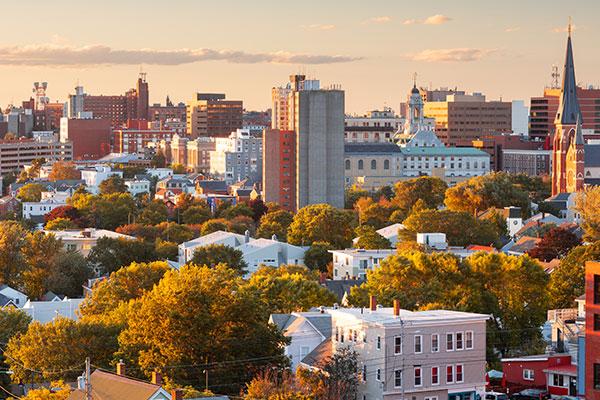Although it’s known as the “Park City,” a quick scan of the intertwining streets of Bridgeport, Connecticut tells a different story. It’s one where majority-minority, low-income communities, especially those found on the eastern side of the city, lack tree coverage.
It gets blistering hot in the summer. 100+° Fahrenheit-surface-temperature hot.
Some families can’t afford to pay electricity bills.
Greenspace is at a premium.
Relief is out of reach for residents.
Not only does the city of Bridgeport have the lowest tree canopy in the state, but the east side has the lowest tree count in the entire city. Tree canopy cover is scant — 5% — with threats of damaging storms or emerald ash borer always looming.
The lack of trees also diminishes air quality, creating the perfect storm for respiratory conditions, like asthma, which is prevalent in this community, particularly in children.
But the story of Bridgeport is far from one of yet another city that has fallen into disrepair, as residents came together to rebuild the social fabric, health, and vitality of the area with the help of trees.
The city has strong local leaders, like Christina Smith, President & CEO of the Arbor Day Foundation’s planting partner Groundwork Bridgeport, who’s prioritizing planting trees not just in the community, but with the community.





